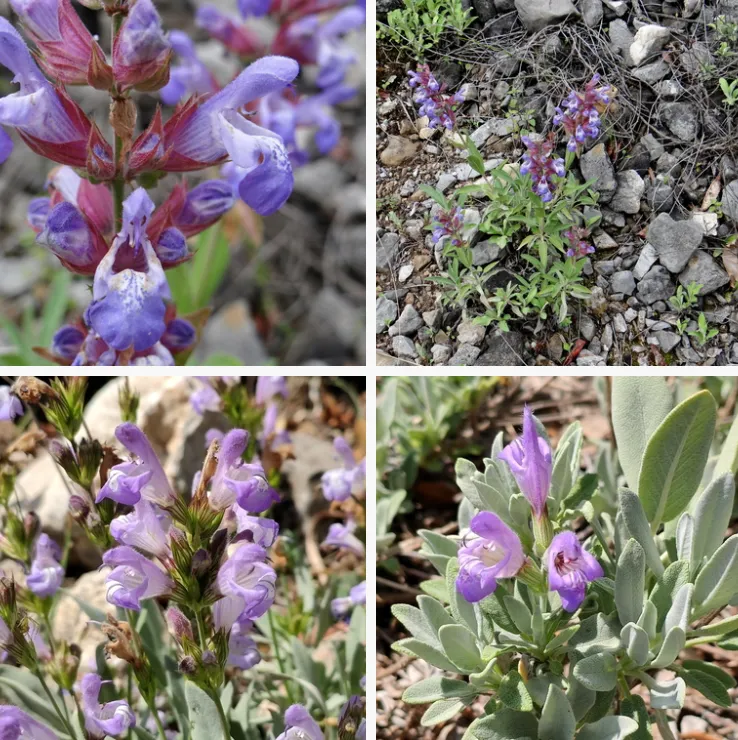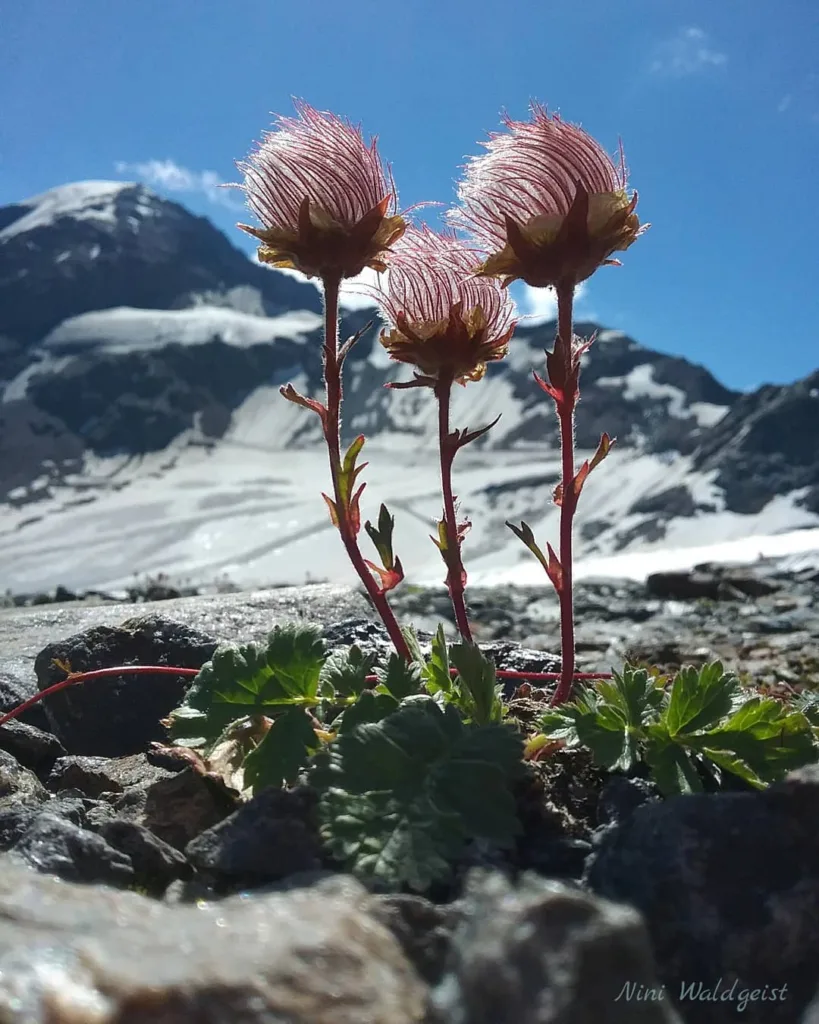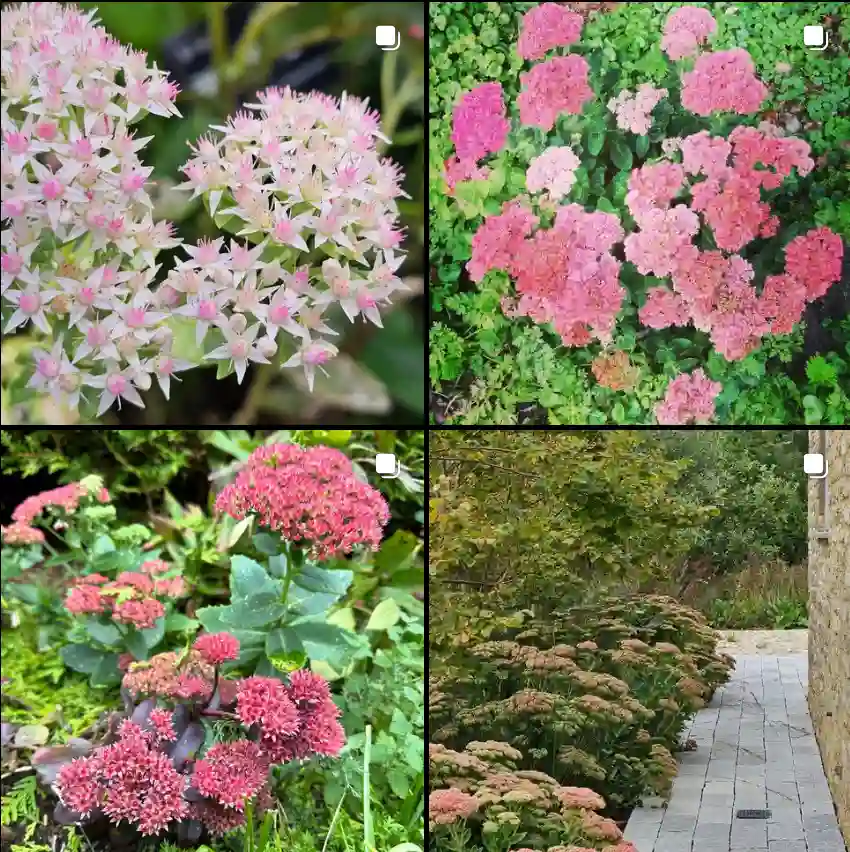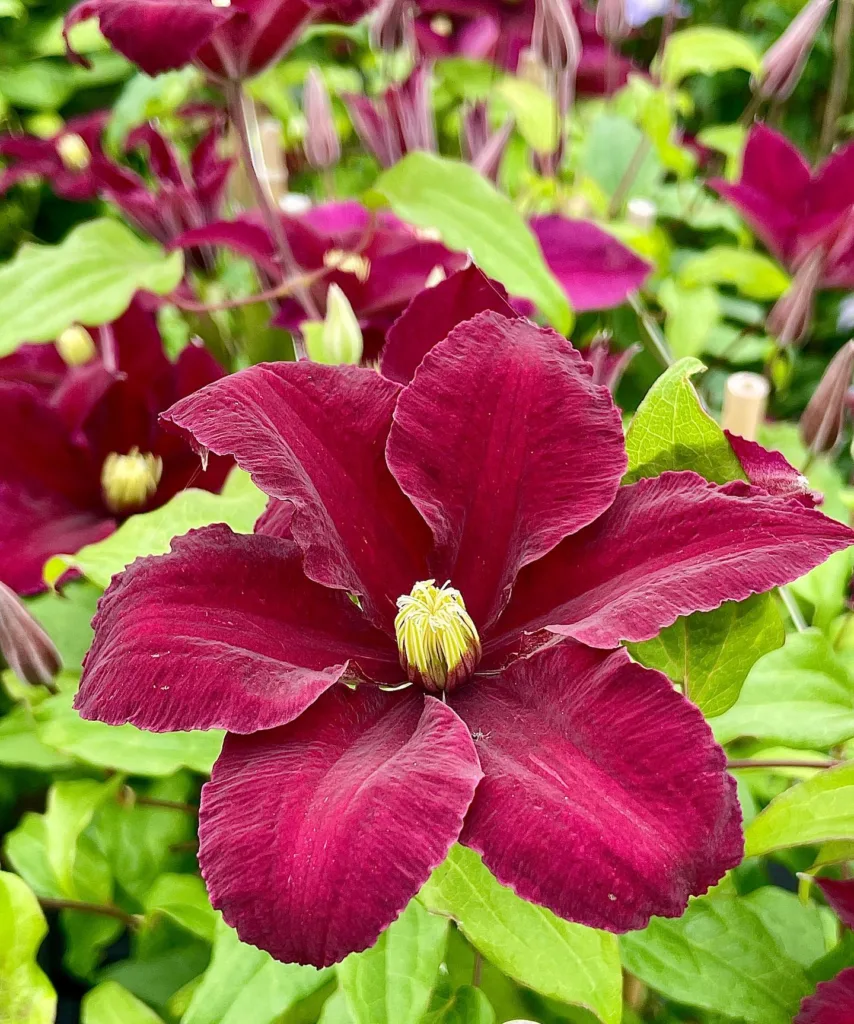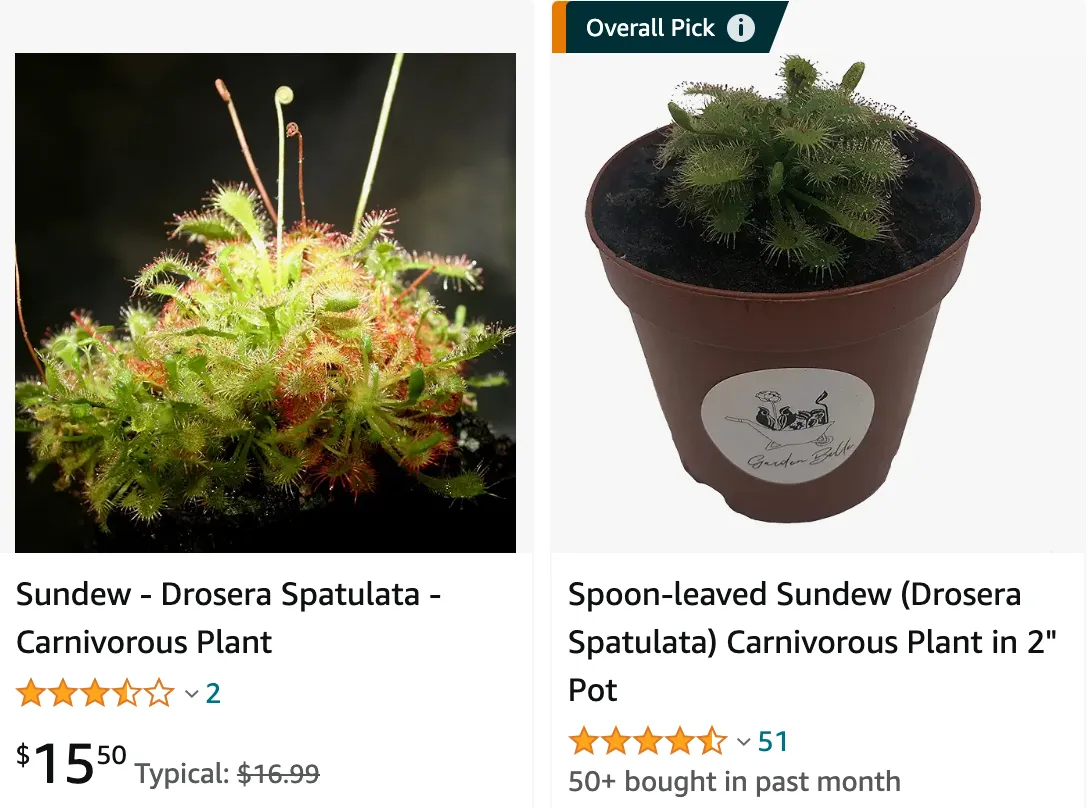
The Allure of the Spoon-Leaved Sundew: A Drosera Spatulata Adventure
As a passionate botanist, I’m constantly drawn to the unexpected wonders of the plant world. One such marvel is the Drosera spatulata, also known as the spoon-leaved sundew. This captivating carnivorous plant has become a star in my collection, and I’m here to share its unique charm with you.
274 Species in Genus Drosera
Are Drosera Spatulata Carnivorous?
Absolutely! What truly sets the Drosera spatulata apart is its fascinating predatory nature. Unlike the venus flytrap that snaps shut, the sundew employs a more subtle yet effective strategy. Its vibrant, spoon-shaped leaves are adorned with glistening tentacles. These tentacles produce a sticky digestive enzyme called mucilage. When an unsuspecting insect lands on the leaf, it becomes entangled in the mucilage. The sundew then slowly curls its tentacles inwards, bringing the prey into contact with more digestive enzymes. Over time, the insect is dissolved, its nutrients absorbed by the plant.
Witnessing this carnivorous dance firsthand is a truly captivating experience. It’s a constant reminder of the ingenious adaptations plants have developed to thrive in their environment.
Drosera Spatulata vs Capensis
I’ve found Drosera spatulata to be incredibly charming with its compact rosette and delicate, spoon-shaped leaves, which makes it a favorite for smaller setups. In contrast, Drosera capensis, with its long, slender leaves and vibrant red coloration, has been a bit more resilient and easier to care for in my experience.
Drosera Spatulata vs Tokaiensis
When comparing Drosera spatulata and Tokaiensis, I noticed that Tokaiensis tends to be a bit more vigorous and produces larger traps, making it a standout in my collection. However, spatulata’s smaller size and unique shape have their own appeal, especially if you’re looking for something that’s less demanding and adds a different texture to the garden.
How to Care for Drosera Spatulata?
While Drosera spatulata might seem exotic, caring for it is surprisingly straightforward. Here are some key things to remember:
- Light: These little carnivores crave sunshine! Aim for at least 6-8 hours of bright, indirect sunlight daily. A south-facing window is ideal.
- Water: Drosera spatulata prefers constantly moist soil. Use distilled water or rainwater to avoid mineral build-up, which they dislike. I water mine from the bottom by placing the pot in a shallow tray filled with water. The plant will absorb what it needs.
- Soil: Mimic their natural boggy habitat with a peat moss and perlite mix. This ensures good drainage while retaining moisture.
- Feeding: While they obtain nutrients from their insect prey, occasional feeding with bloodworms or crushed flies can be a treat. Don’t overdo it, though – too much food can harm the plant.
With proper care, your Drosera spatulata will reward you with stunning spoon-shaped leaves that shimmer like jewels in the sunlight.
How to Grow Drosera Spatulata from Seed?
For the thrill of cultivating your own sundew from scratch, seed propagation is an option. Here’s a basic guide:
- Sow the seeds: Sprinkle the tiny seeds on a pre-moistened peat moss and perlite mix. Don’t bury them – light is crucial for germination.
- Humidity: Maintain high humidity by covering the pot with a clear plastic bag or placing it in a terrarium.
- Germination: Patience is key. Seeds can take weeks or even months to germinate. Provide bright, indirect sunlight and keep the peat moss consistently moist but not soggy.
- Seedling care: Once seedlings emerge, gradually introduce them to lower humidity by increasing ventilation.
Growing Drosera spatulata from seed offers a sense of accomplishment and allows you to witness the entire life cycle of this fascinating plant.
Beyond the Basics: Additional Tips for Drosera Spatulata Success
Here are some bonus tips to keep your sundew thriving:
- Temperature: Drosera spatulata prefers warm to hot temperatures, ideally between 70-85°F (21-29°C). Avoid frost or extreme cold.
- Winter Care: While they don’t experience a true dormancy, some Drosera spatulata varieties may produce fewer leaves during cooler months. Reduce watering slightly but ensure the soil remains moist.
With a little TLC, your Drosera spatulata will become a conversation starter in your home and a captivating addition to your botanical endeavors.
If i die, water my plants!
